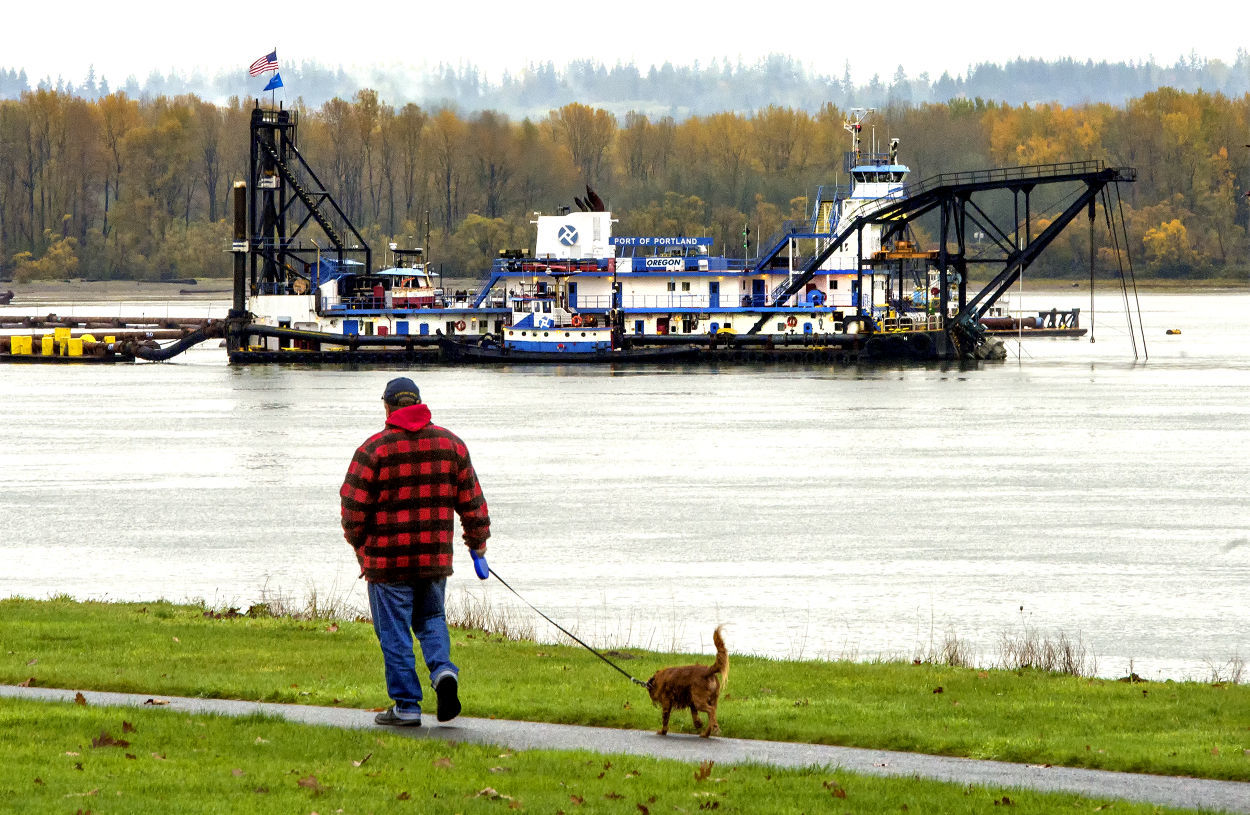

Cap-monitoring utilizes the same tools, but may include other tools, such as precision bathymetry or subbottom profiling. In at least one embayment, more » Elliott Bay, post-disposal site sediments are cleaner than pre-disposal native sediments. Monitoring results have demonstrated that dredged sediments remain within the perimeter of the disposal site, and have not caused any significant off site adverse affects. Post-disposal PSDDA monitoring at the disposal sites in or near urban embayments involves the use of Sediment Vertical Profiling System, on and off-site sediment chemistry and bioassay monitoring, and off-site benthic infaunal community and infaunal chemical analyses. Recently, four significant projects have used clean dredged sediment for capping contaminated bottom sediments, including the heavily creosote-contaminated sediments at the Eagle Harbor Superfund Site. Sediments deemed to be suitable for open water disposal may then be disposed at one of the state-operated disposal sites, or may be reconsidered for use in the growing number of near-shore remediation projects. If SLs are exceeded, sediments are tested biologically using a suite of acute and chronic sediment bioassays. Under PSDDA, sediments are chemically analyzed and compared to analytical screening levels (SL). In Washington, dredged sediments are characterized according to procedures defined by the Puget Sound Dredged Sediment Disposal Analyses (PSDDA) program. Clean dredged sediments are rapidly becoming an important commodity for use in sediment remediation programs specifically thin or thick layer placement over contaminated sediments.


 0 kommentar(er)
0 kommentar(er)
